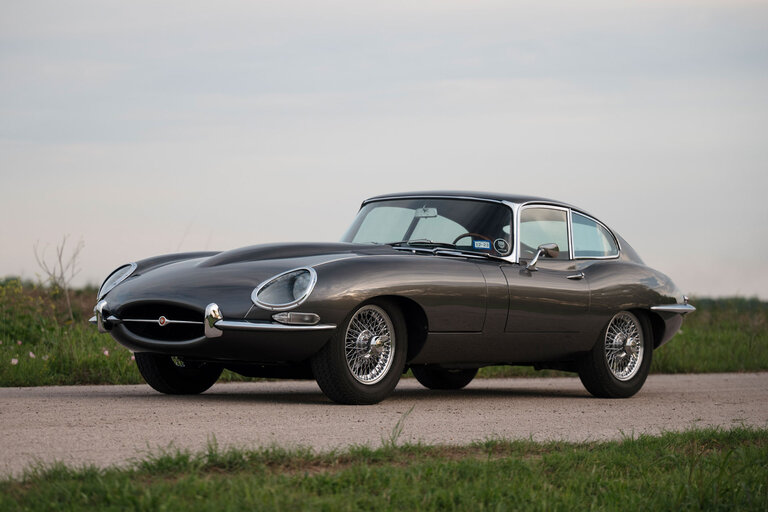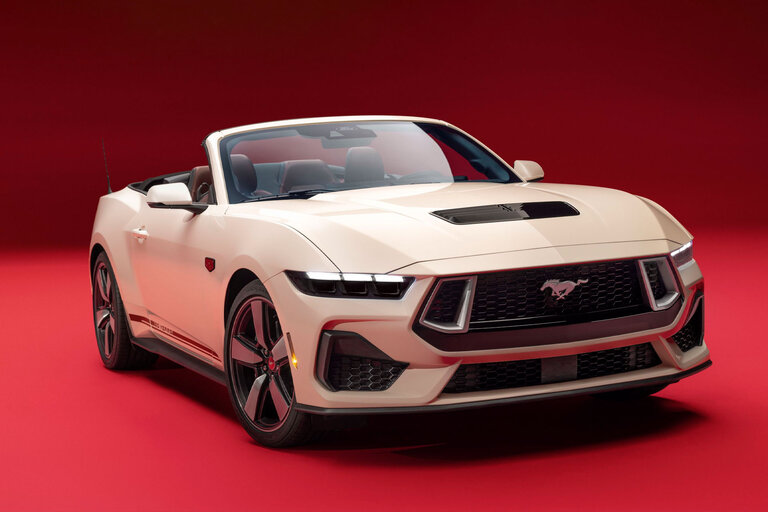
- In the U.S. in 2020, according to the Governors Highway Safety Association, vehicle-related deaths of pedestrians were up almost 5 percent—and they rose even more in proportion to the lower number of total miles that vehicles traveled during the pandemic year.
- Infrastructure weaknesses and poor lighting conditions were partly to blame, but the safety group also blames the growing popularity of larger SUVs and trucks.
- One New York state senator is proposing a safety rating system for the big vehicles based on how likely they are to hurt or kill pedestrians in a collision.
Last year may turn out to have been one of the deadliest years on record for pedestrians. Early projections by the Governors Highway Safety Association say that the total number of pedestrian deaths in 2020 were up 4.8 percent, and that was despite a pandemic-influenced 16.5 percent drop in vehicle miles traveled.
Because fewer of us were driving, the GHSA projects a startling 21 percent increase in the rate of pedestrian deaths per billion vehicle miles traveled (VMT). That would be the largest annual increase in that rate since reporting began in 1975. In raw numbers, the association is predicting 6721 pedestrian deaths, and 2.3 deaths per billion VMT. It will be at least six months until the final numbers are available.
The GHSA did find some good news in 2020’s projected numbers: 19 states and Washington, D.C., saw their pedestrian deaths decrease last year. Of those, Alabama, Florida, Hawaii, Kentucky, Massachusetts, New York, Oklahoma, Pennsylvania, and South Carolina are all projected to have double-digit declines in pedestrian fatalities compared to 2019.
The GHSA, which represents the state highway safety offices, found plenty of reasons for those numbers: infrastructure and lighting issues, to begin with. In 2019, three out of four pedestrians were killed at night, and about the same proportion were not at an intersection, according to the GHSA. But as the National Highway Traffic Safety Administration (NHTSA) found in a report last fall, some people out driving during the height of COVID restrictions were taking more risks—a statistically important number of them were driving faster, driving while impaired, or weren’t wearing seatbelts. Distracted driving continues to be a problem.
So while some activists and politicians point to the ever-rising numbers of SUVs and trucks, the problem is more complex. Those states seeing declines have SUVs and trucks, too, after all.
It is also impossible to ignore some correlation between the increasing popularity of SUVs and the increasing number of pedestrian deaths. According to the GHSA report, between 2010 to 2019, the number of pedestrians killed by an SUV increased by 69 percent, while the number involving passenger cars was up 46 percent. According to the Insurance Institute for Highway Safety (IIHS), pedestrian deaths accounted for 17 percent of car crash fatalities in 2019 as compared to 13 percent in 2010.
A small-scale study in 2020 by the Insurance Institute for Highway Safety demonstrated the increased risk to pedestrians caused by SUVs. “Between 20 and 39 mph, three out of 10 crashes with SUVs resulted in a fatality compared with just five out of 22 crashes that involved cars. So, a pretty significant increase for SUVs,” IIHS spokesperson Joe Young said. While auto manufacturers have taken steps over the past several decades to make SUVs less dangerous in vehicle-to-vehicle crashes, “What this study tells us is that those efforts did nothing for pedestrians,” Young said.
Trucks and SUVs Rated 1-5 for Pedestrian Safety?
The New York State Senate has introduced a bill, SB 4307, that would require a pedestrian-safety rating for every vehicle, scoring them on a 1 to 5 scale similar to the ratings NHTSA already applies to vehicles. The difference is that this would rate vehicles based on the damage done in collisions with cyclists and pedestrians. The bill’s author, Sen. Andrew Gounardes, who represents Brooklyn, said SUVs and trucks are exactly the reason he’s advocating for a new rating system that would be implemented by the New York Department of Motor Vehicles.
“Most people aren’t primed to think about the impact that their vehicle purchases have on the greater safety of people in the environment around them,” Gounardes told Bloomberg. “We hope this will help educate people in a way that will help them see the consequences of their choices.”
If this bill were to become law, the ratings would be posted online, and all vehicles for sale in New York State would be required to display the 1-5 numerical rating.
Safety Tech on Board
Technology may help with pedestrian safety. “But we’re not there yet,” Pam Shadel Fischer, GHSA senior director for external engagement, said. The crash technology that’s expected to be adopted on all new cars by 2022 was designed for vehicle-to-vehicle detection. Automated emergency braking and front crash prevention technology, for example, will engage the brakes if a stopped vehicle is detected, but you can’t count on every vehicle to detect the presence of a human in every situation. In addition, lane-keeping-assist technology may alert a driver to a pedestrian, but its strength is in detecting cars.
However, as the Insurance Institute for Highway Safety points out, SUVs and other large vehicles are gradually getting safer: “Earlier research had shown that SUVs, pickup trucks and passenger vans were two to three times more likely than cars to kill a pedestrian in the event of a crash. However, most earlier studies were based on crash data collected in the 1970s, ’80s, and’ 90s. Since then, SUV manufacturers have made substantial design changes.”
IIHS started testing vehicle-to-vehicle detection systems in 2019, measuring how well they alert a driver to the presence of a pedestrian. Safety-minded SUV buyers can look at the “front crash protection: vehicle to pedestrian” test results for their vehicle of choice on the IIHS website. “Even if these systems can’t fully stop a vehicle, they may slow it down substantially. And that makes a huge difference when you’re talking about a vehicle striking a pedestrian,” commented IIHS spokesperson Joe Young.
This content is imported from {embed-name}. You may be able to find the same content in another format, or you may be able to find more information, at their web site.
This content is created and maintained by a third party, and imported onto this page to help users provide their email addresses. You may be able to find more information about this and similar content at piano.io
Source link





